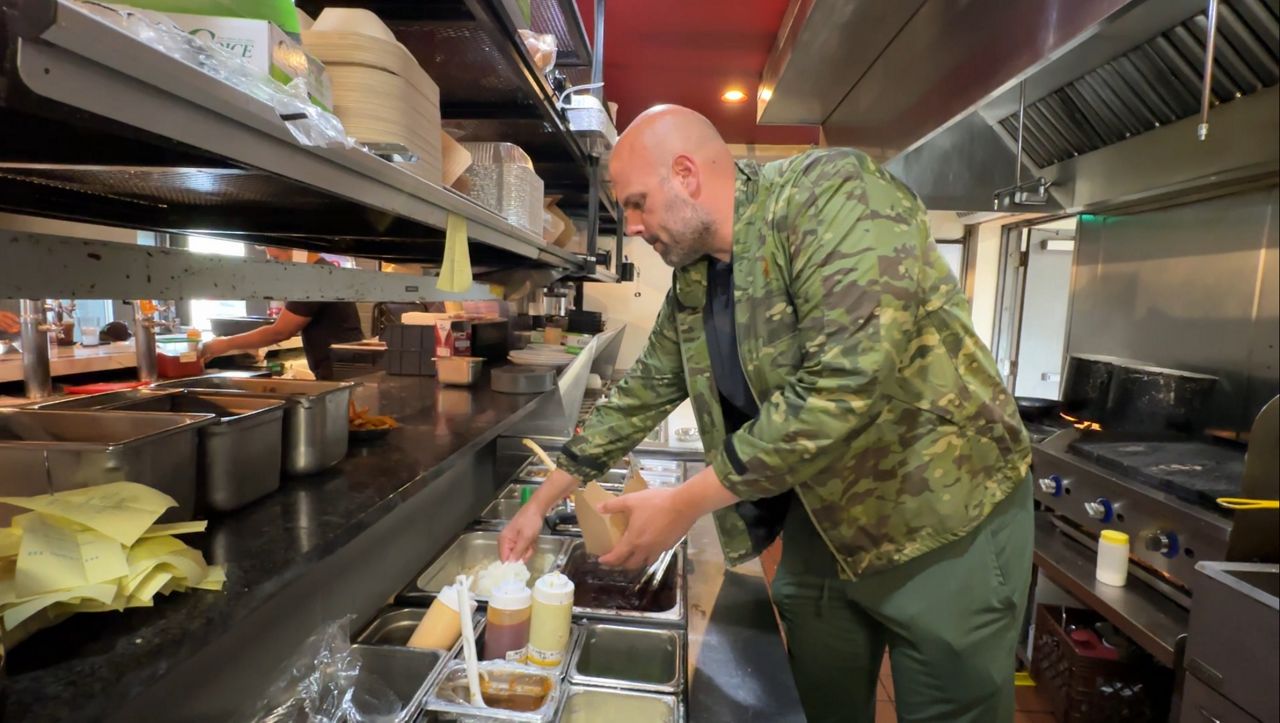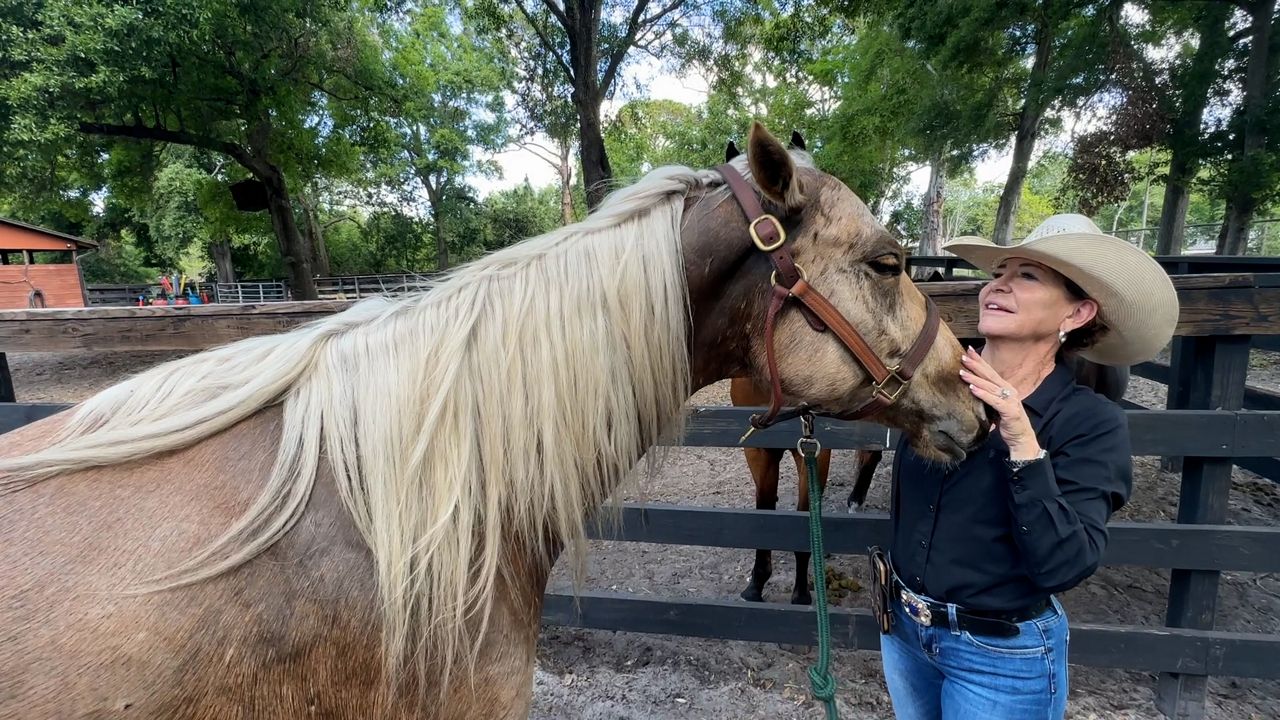In the beginning, this mysterious and deadly disease had many and thinkable names.
"GRID," the Gay Immune Deficiency and the 4H Disease. The four H’s stood for Hookers, Heroine addicts, Haitians and Homosexuals. What eventually would be known as the Human Immunodeficiency Virus or HIV, and the Acquired Immunodeficiency Syndrome, AIDS, ravaged a generation, killing more than 100,000 Americans between 1981 and 1990.
“Very depressing. I mean we were going to memorial services like weekly," said HIV patient Michael Tollar.
“There were some weeks we were going every day,” said Dr. Bob Wallace.
Tollar and Wallace saw many of those deaths firsthand having lived two sides of the same coin. Michael, still surviving after being diagnosed with HIV in 1985 and Dr. Wallace committing 39 years of his career so far in finding a cure.
“I was not going to let my diagnosis get the best of me," Michael said. His partner died of AIDS in 1985. That’s when he first got tested.
“I went to my doctor back then, and I said, 'I’m not crying anymore.' And he told me, he said your body is protecting itself," Michael said, “He said you’ve had so much death around you.” Something about that must’ve stuck, because against all odds, Micheal held on until like an experimental trial for the drug Crixivan in the early 90s.
“I was in a lottery," Michael said, “and was picked to do this drug. Took the drug and it was remarkable for me.” Years before that, Dr. Wallace was just beginning his career in medicine.
“I would have friends calling me, and this was back before we had cell phones, and I would get messages on my home recorder,“ Bob said, ‘Our friends are dying Bob? What are you gonna do about it?’ Somebody’s got do something about it.” So what he did was commit his life and career to finding ways to save as many lives as he could. One of those lives is Michael’s by getting him enrolled in that experimental drug trial and he hasn’t stopped since.
Now when he has to tell a patient they are HIV positive, it’s no longer a death sentence.
“You’re going to live a normal life expectancy with this diagnosis," Wallace said, “It’s manageable. One pill once a day. No side effects, We couldn’t do that years ago.”
Michael, now in his 70s, is living proof.
“My health now? Well, my HIV is under control, but it’s just now that I’m up in age,” Michael said, “I now worry about the cancers and all the other things.” Michael doesn’t look back and ask why he lived while so many others didn’t, he instead looks forward and asks what’s next. He says the answer there’s a cure for HIV.
“I wanna see. That would be nice. That would be just, you know ... maybe that’s why I’m sticking around. I wanna see it."









